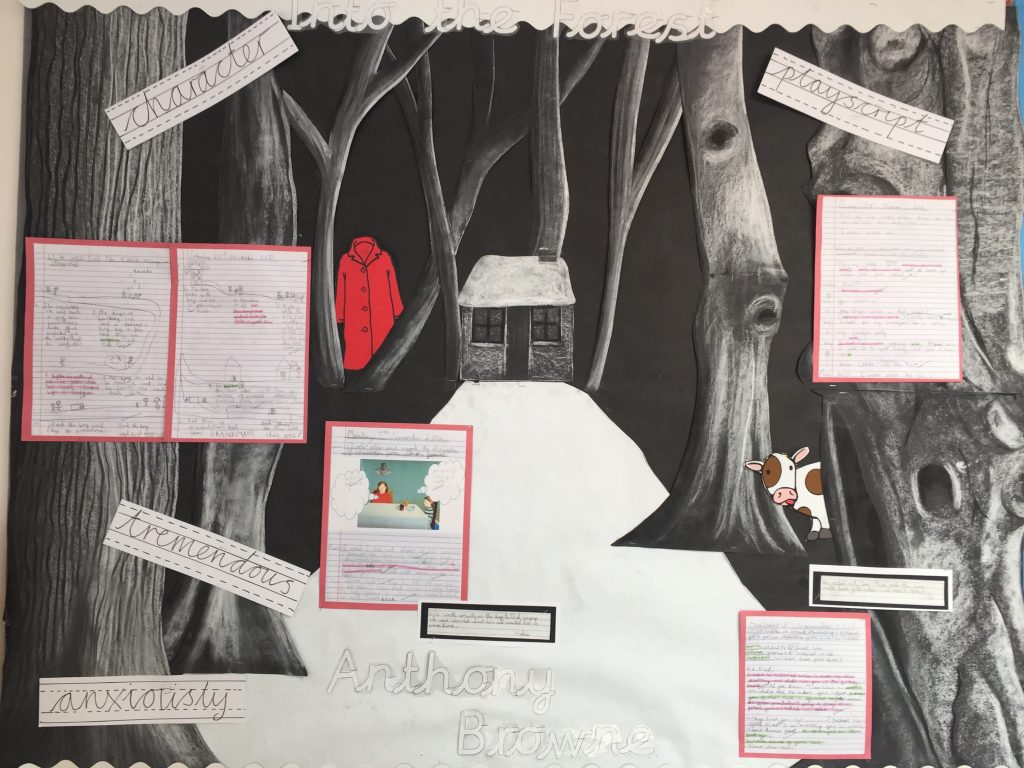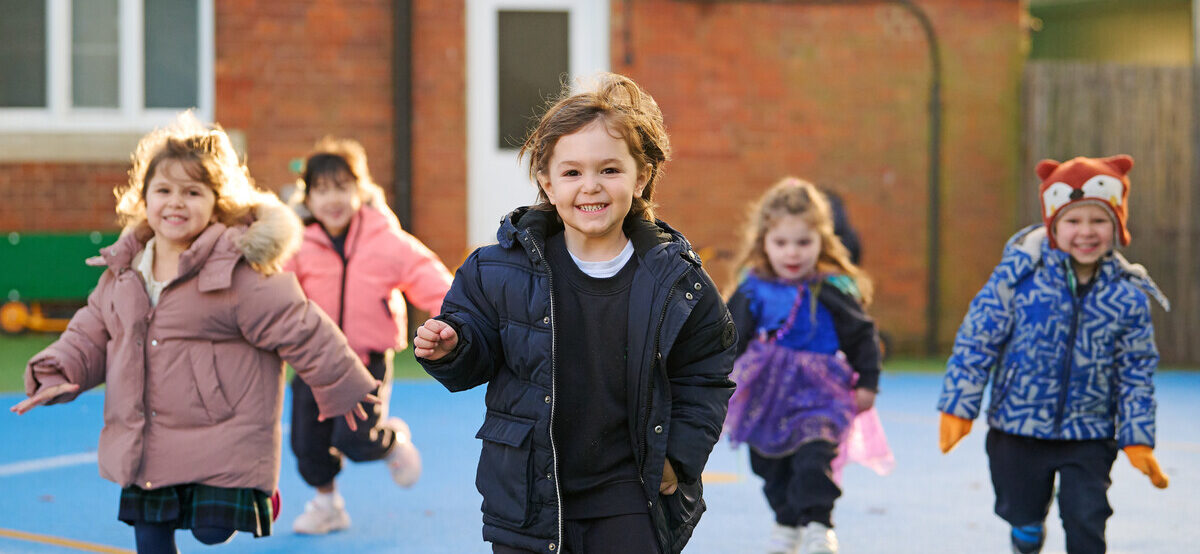Headteacher’s Blog: The Power of Pictures
17th June 17

Designing a bespoke school curriculum was by far the most enjoyable of the challenges I faced when preparing for the opening of our school last summer. My first and most important task was to decide what our approach to literacy would be. Without hesitation, I implemented a scheme called ‘The Power of Reading’, an initiative I had used successfully in a previous school which places high quality children’s texts at the heart of the literacy curriculum.
The Power of Reading project is renowned nationally and internationally for raising reading and writing achievement. It is brought to us by the CLPE (Centre for Literacy in Primary Education), an independent charitable trust based in a cosy, book-filled haven near bustling Waterloo. The idea behind the project is simple and effective: high quality, engaging texts used as a stimulus for creative writing, resulting in high standards of literacy.
When selecting texts for the Year 3 class, I was delighted to see a number of picture books recommended for older children. Anthony Browne, Quentin Blake, David Almond and Jenny Nimmo are among the authors who feature in the project whose texts are brought alive with vibrant and engaging illustrations.
As excited as I was to see picture books recognised in the Power of Reading scheme, they are not always given the credit they deserve. Many Reception parents express surprise when their child comes home during their first few days of school with a book containing only pictures. Their homework task is to ‘tell’ their grown-up the story in the pictures. Those with limited language may start by pointing at and naming objects (boy, tree, dog), this may lead on to describing actions (the boy is running), and then eventually adding descriptive, story-telling language (The boy ran as fast as he could to catch the dog). Picture books, therefore, form the beginning of a child’s reading education. In a picture book, much of the story, including information about character and structure, is conveyed through the pictures. A child can begin to appreciate language and its purpose. Pictures support a child’s understanding of new concepts and feed their imagination. When reading with our young children, the illustrations in a high quality picture book bring the story to life.
‘Words are for people who can’t read pictures’.
I forget where I first heard the quote above, but it reminds me that children derive a vast amount of information from the pictures they see. When children become fluent readers, picture books can offer them a far deeper learning experience. Pictures allow for individual interpretation. They create opportunity for open-ended discussion. The colour, shape and composition of a picture can very powerfully describe emotion for a child who may not be able to articulate their feelings. Pictures can provide a stimulus for a child’s own creative writing and encourage them to seek more adventurous language to portray their ideas.
Titles such as Anthony Browne’s Into the Forest have provided the perfect foundation for challenging literacy lessons in our Year 3 class. The girls studied the picture book in depth over a 4 week unit using both the text and illustrations as a stimulus for writing. Pieces of work including writing emails in role reflecting on the protagonist’s feelings, persuasive letters, turning the text into play script form and retelling the story from another perspective. Pupils not only had the opportunity to develop their writing skills, they also developed key speaking and listening skills by hot-seating characters and performing their written play scripts. All sparked from the information they were able to draw out of the illustrations.
And so the CLPE has led me to our next school project, The Power of Pictures, supported by the Arts Council, England. I look forward to delving deeper into the world of picture books and finding new stimuli for our inquisitive young minds.
When tucking your child into bed this evening, swap a chapter of their night time reader for a picture book, perhaps an old favourite and enjoy watching your child pour over the illustrations as they get drawn into another world.



